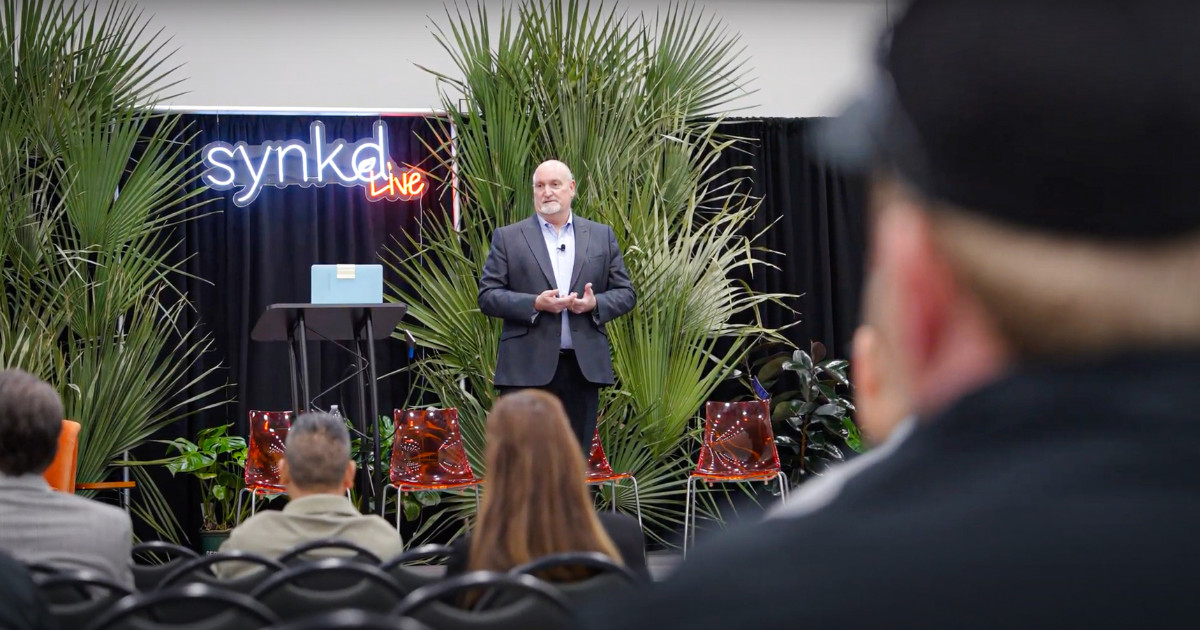Preparing for Transition
Why do so many small business owners wait until it’s too late to plan for succession and transition?
For years, water management in landscaping has been equated with irrigation—choosing the right controller, setting the right schedule, and hoping for savings. But after 15 years in the field and leading water management at Park West, I can confidently say, “It’s time we stop thinking of water management as a single system tweak and start treating it as a design philosophy.”
Many clients—from HOAs to DOTs—think in lifespans. My roof lasts 30 years, so my irrigation controller must too. But that’s not how today’s technology—or today’s climate—works. Smart controllers and irrigation systems have lifespans closer to 10-15 years. Waiting for them to fail before replacing them isn’t just inefficient—it’s expensive in the long run.
We’ve learned that upgrading water systems can’t be isolated. It’s about how we design and build landscapes from the ground up—literally.
Water prices are rising fast. That’s reality. But this challenge has opened the door to smarter budgeting through holistic planning. By tying water upgrades to broader maintenance goals, we’ve saved clients tens of thousands.
Take our Preventive Maintenance Inspections (PMIs). What started as simple irrigation audits turned into a lens for spotting larger issues: stucco erosion, damaged hardscape, even safety hazards. Upgrading to drip irrigation? It’s not just a water-saver—it’s a hardscape preserver. Less runoff means fewer premature slurry seals. That’s thousands saved on pavement alone.
We’ve all seen those outdated 12” spray risers flanking sidewalks—overwatering, flooding, and vanishing into hedges. One redesign, one shift to drip, and those hidden hazards disappear, along with waste, property damage, and frustration.
Water Management = Landscape Design = Bigger Questions
At Park West, our philosophy shifted. Instead of treating irrigation as a retrofit, we began asking bigger questions:
- Why are we using high-maintenance plant species here?
- Is this plant performing a purpose (shade, privacy, traffic control) or just filling space?
- Are we designing to the sun exposure and soil health—or just to what’s on sale at the nursery?
This mindset shift—from irrigation-focused to landscape-integrated—means we consider water from the very start. It's not about controlling inputs after a landscape is built. It's about building a landscape that needs less input to thrive.
We need to get smarter with plant material, especially natives. Customers often push back with statements like “too wild” or “not colorful enough,” but the real issue is mismatched systems. You can’t plop natives into a turf-heavy site and expect success. They need the right context, the right soil, spacing, and irrigation design. Education and phased implementation are key.
We’ve seen what happens when developers overplant fast-growing species without a plan—blocked views, rodent issues, and expensive overhauls. So we’re hiring native plant consultants, retraining our teams, and building smarter regional palettes. Holistic water management starts with knowing what to plant and why.
We realized most reserve studies—the budget roadmaps HOAs use—don’t go deep enough. They ask for irrigation upgrades but leave out slope renovations or long-term turf removal. So we built our own.
Now, we create comprehensive documents that outline upgrades over five, 10, even 15 years—with projected ROI based on water rates. We help clients think long-term, not just how to fix a leaky zone, but how to transform the entire slope into a drought-resilient asset.
The benefit? Real partnerships. Instead of chasing short-term fixes, we’re planning for sustainable success—together.
At Park West, we restructured to meet the moment. My team now oversees Water Management, Plant Health, Field Performance, and Graphics. Why graphics? Because visual communication is powerful—when you show a board what their landscape could look like, you help them see the ROI of doing things differently.
Our Enhancements team bridges maintenance and design-build. We don’t just install; we refine. When we replace outdated systems or redesign failed plantings, we take those lessons forward. Every project informs the next.
The future of water management isn’t a sensor or a controller. It’s a system-wide mindset that connects soil health, plant choice, irrigation design, and maintenance strategy. It’s thinking about how a slope renovation today sets the stage for lower water bills in 2035.
True water management isn’t just about saving water—it’s about building landscapes that work better, last longer, and cost less to maintain. That’s sustainability. That’s resilience. And that’s what happens when we stop treating water management like a plumbing problem and start treating it like what it really is: a design decision.
By Daniel Smith
Director of Technical Operations
dsmith@parkwestinc.com
Listen to our podcast with Danny here:
https://youtube.com/live/zzfHE7rNMgc?feature=share

Incorporating a typical fixed spray head riser that is causing calcium stains on the glass and early deterioration of the glass framing.

Incorporating low water-use groundcover with well-established medium water-use shrubs that will require minimal to no irrigation.

Daniel Smith, Director of Technical Operations, Park West Inc.

Why do so many small business owners wait until it’s too late to plan for succession and transition?

Part 1 | Quotes from SYNKD Live 2024 Help Yourself! Grab Some Slices of Information, While We Work on the Main Course—Launching Full-Length Videos...